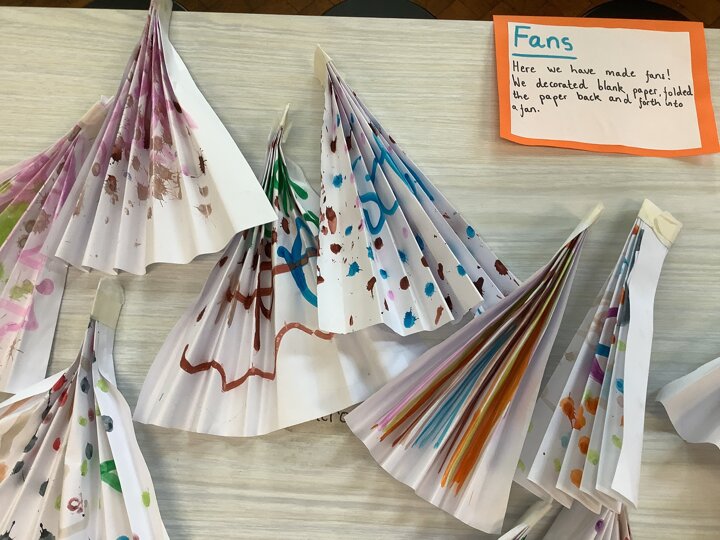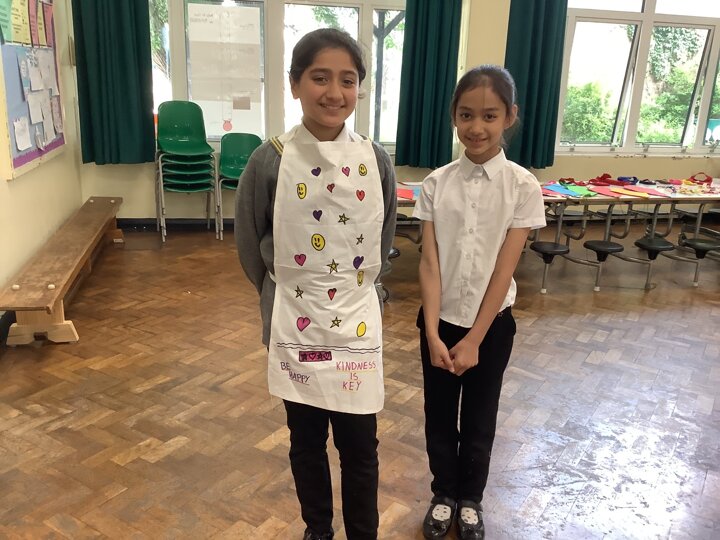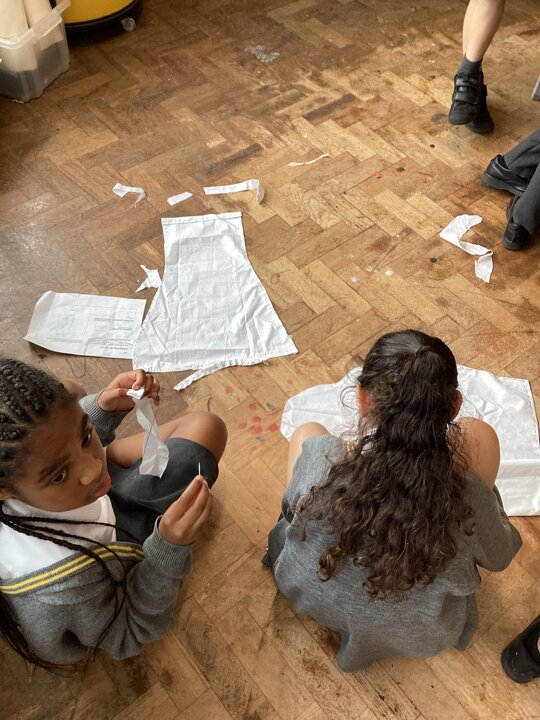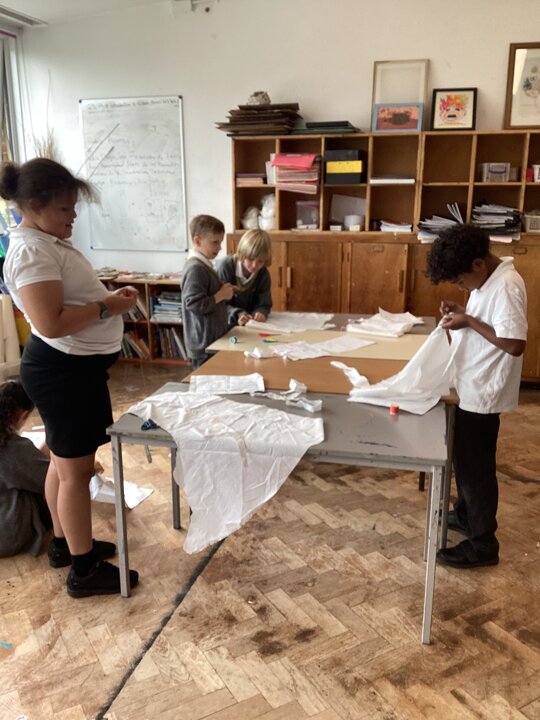Design Technology Curriculum Overview
| Autumn | Summer | |
|---|---|---|
| Programme of study focus |
Mechanisms or Mechanical Systems |
Textiles or Structures |
| Year 1 |
Mechanisms: Sliders and Levers - Celebration Card (Christmas) |
Structures: Freestanding Structures - A chair for Goldilocks |
| Year 2 |
Mechanisms: Wheels & Axles Making a trolley to help the 'Night Gardener' |
Textiles: Templates & Joining techniques - Pocahontas Puppets |
| Year 3 |
Mechanical Systems: Pneumatics - Toys & Games |
Structures: Shell Structures (incl' CAD) - Gift Boxes |
| Year 4 |
Mechanical Systems: More complicated Levers & Linkages - Mangonels and Catapults |
Textiles: 2D shape to 3D product - phone cases - sustainability |
| Year 5 |
Mechanical Systems: Cams - Moving toys |
Structures: Frame Structures: - Dens |
| Year 6 |
(Spring Term) Mechanical Systems: Pulleys & Gears - Squashed Tomato Challenge |
Textiles: Combining different fabric shapes (incl CAD) Fashion Show |
Design & Technology National Curriculum program of study
Intent
Our Design and Technology curriculum is intended to give children the building blocks to become creative problem solvers who can respond to the rapidly changing world around them. We aim to build self-confidence and resilience so that, on transition to secondary school, William Hogarth School children:
- can think for themselves and clearly articulate their ideas,
- look forward to trying out their ideas, either independently or as part of a team
- take obstacles in their stride and view them as an opportunity to do things differently.
Implementation
At The William Hogarth School, we have a split timetable for Design & Technology and Art & Design These subject disciplines are separated to secure progression in skills, knowledge and experience.
Cooking and Nutrition is taught as a discrete subject at The William Hogarth School and has its own curriculum information page.
Our Design & Technology Curriculum is organised into 3 key strands:
- Mechanisms / mechanical systems
- Structures
- Textiles
Each year group undertakes 2 programmes of study during the course of the school year based on the Design and Technology Association’s ‘Projects on a Page’. The curriculum is designed so that the learning for each year group builds upon skills that have been learnt previously, thereby ensuring progression. Each programme of study allows children to develop the skills and aptitudes illustrated below:
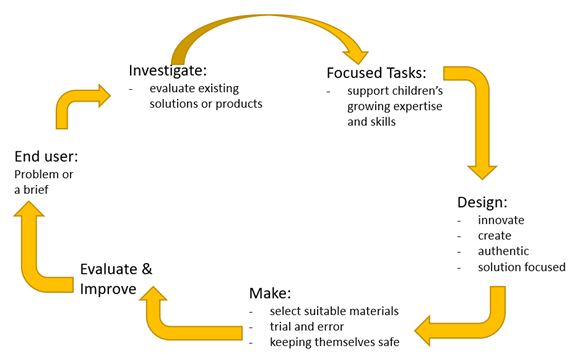
Non-specialist teachers are supported to deliver high quality design and technology lessons through a range of CPD opportunities and school membership of the Design & Technology Association.
We have the very highest expectations for our pupils’ creative endeavours and problem-solving capabilities. To encourage this, we introduce them to a wide range of materials and equipment from an early age to broaden their experiences and build their understanding and skills.
We appreciate that Design & Technology is an excellent vehicle to embed and enrich other aspects of our school curriculum and, where appropriate and relevant links can be made, we make use of these opportunities.
Impact
When reviewing impact, we consider:
- The process of design and making
- Whether this is authentic innovation that addresses the problem or brief
- The skills and processes children have developed, refined and acquired
- What children have learned about the different tools, materials &/or equipment they have used
Our Design & Technology curriculum helps every child to celebrate their ideas and creativity and contributes to our school community’s sense of togetherness by reflecting on how our individual responses can solve problems.
Design & Technology Progress Map


